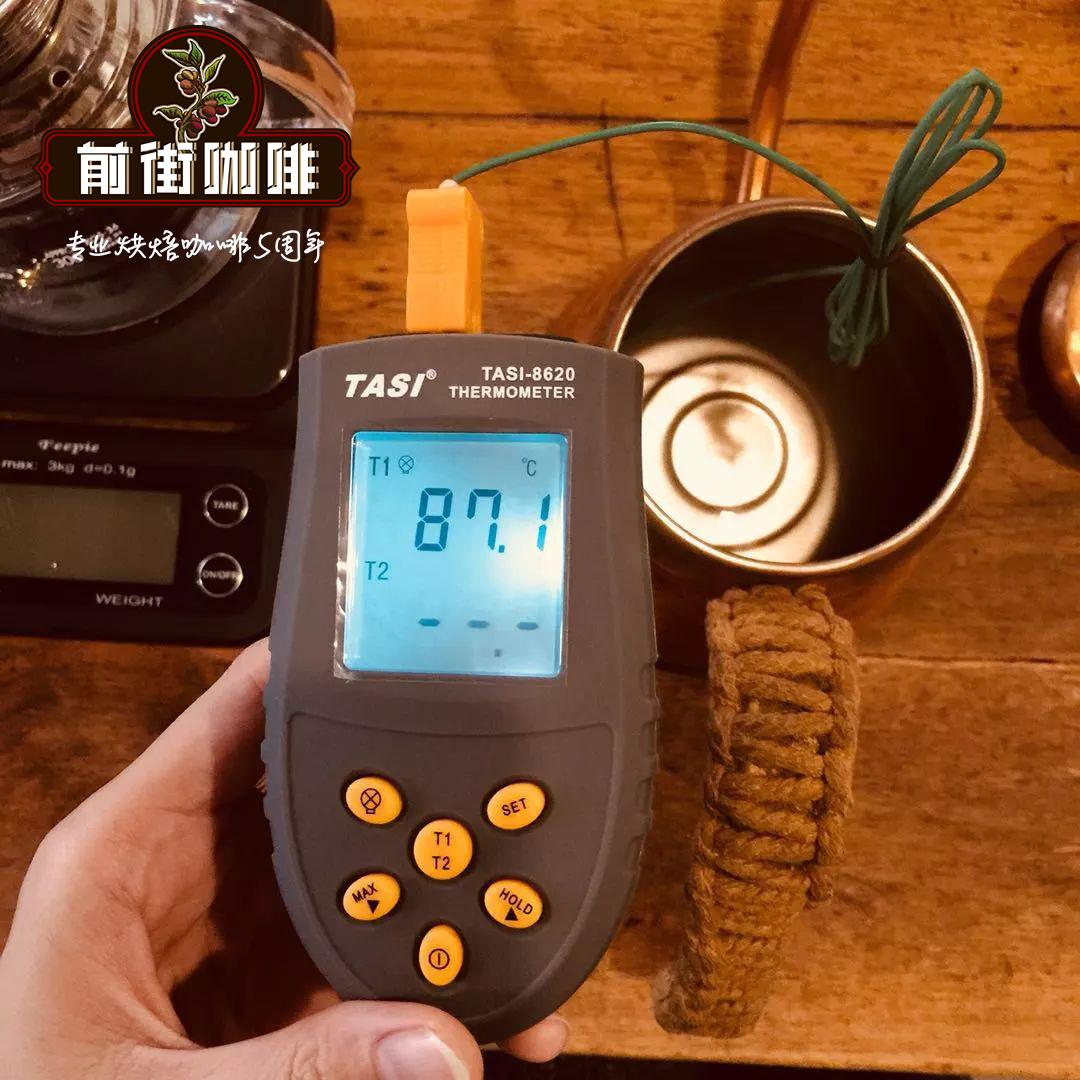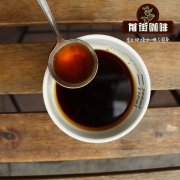Flavor description of coffee bourbon washed beans in Cabuye, Burundi. Introduction to Burundian coffee producing areas

Professional coffee knowledge exchange more coffee bean information please follow the coffee workshop (Wechat official account cafe_style)
[flavor narration]
Oranges, limes, grapes and plums are rich in sour and sweet juice when sipping, with a round and balanced taste.
[introduction of producing areas]
Burundi is a small landlocked country located in East Africa, surrounded by Rwanda, Tanzania and Congo to the north, east and west, respectively, and more than half of its border with the Democratic Republic of the Congo lies on the famous Lake Lake Tanganyika.
Because the territorial boundary looks like the heart and is located in the interior of East Africa, there is a beautiful nickname-the Heart of Africa, but it is the poorest country in the world. About 90% of the population is engaged in the coffee industry as a source of livelihood. Coffee has been grown in Burundi since the 1930s, mostly Arabica beans, including the quality of coffee produced in the Bourbon area. The province of Cajanza is located to the north of Burundi and at the border between Burundi and Rwanda. Cajanza province is able to produce high-quality coffee due to two main reasons: first, the climatic environment at high altitude, and second, good washing plant system and equipment. The Painjia processing plant, located in the Cabuye district of Kayanza province in Burundi, was established in 2009 and began operation in 2010.
Won the champion and third runner-up in the COE competition in 2014. Adhering to the principle of "producing small but high-quality coffee", the Panjia processing plant handles coffee cherries harvested by about 3400 farmers each year, providing many incentives for coffee farmers to work harder and concentrate on harvesting. The coffee cherries in the processing plant are all washed and fermented. After the coffee is fermented, it will be moved to a cool place to peel in advance to protect the coffee from direct sunlight. The coffee is then moved to a dry scaffolding in the sun and constantly turned over to ensure a balanced exposure. And in the process of moving the coffee to the scaffolding, the outer skin of the coffee is intact!
END
Important Notice :
前街咖啡 FrontStreet Coffee has moved to new addredd:
FrontStreet Coffee Address: 315,Donghua East Road,GuangZhou
Tel:020 38364473
- Prev

The Yemeni mocha Hirazi producing area according to the flavor of the wild mocha coffee variety of Sima Ismaili?
Professional coffee knowledge exchange more coffee bean information please follow the coffee workshop (Wechat official account cafe_style) Yemen mocha Hirazi production area Yishi Mary Ismaili wild coffee flavor? The origin of wild coffee may be in Ethiopia (Ethiopia) in northeast Africa. It spread to Yemen in southern Arabia in the 15th century for artificial cultivation.
- Next

Burundi COE Champion bidding batch Kibingo processing Plant Coffee Bean Story _ Burundian Coffee recommendation
Professional coffee knowledge exchange more information about coffee beans Please follow the coffee workshop (Wechat official account cafe_style) Burundi is a land with a long coffee tradition. Its high altitude, thousands of hills, volcanic soil and abundant rainfall provide ideal conditions for the production of special and exotic coffee. In Burundi, there are no large plantations. The coffee is actually small.
Related
- Detailed explanation of Jadeite planting Land in Panamanian Jadeite Manor introduction to the grading system of Jadeite competitive bidding, Red bid, Green bid and Rose Summer
- Story of Coffee planting in Brenka region of Costa Rica Stonehenge Manor anaerobic heavy honey treatment of flavor mouth
- What's on the barrel of Blue Mountain Coffee beans?
- Can American coffee also pull flowers? How to use hot American style to pull out a good-looking pattern?
- Can you make a cold extract with coffee beans? What is the right proportion for cold-extracted coffee formula?
- Indonesian PWN Gold Mandrine Coffee Origin Features Flavor How to Chong? Mandolin coffee is American.
- A brief introduction to the flavor characteristics of Brazilian yellow bourbon coffee beans
- What is the effect of different water quality on the flavor of cold-extracted coffee? What kind of water is best for brewing coffee?
- Why do you think of Rose Summer whenever you mention Panamanian coffee?
- Introduction to the characteristics of authentic blue mountain coffee bean producing areas? What is the CIB Coffee Authority in Jamaica?

